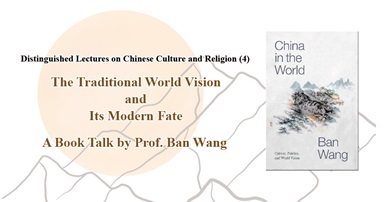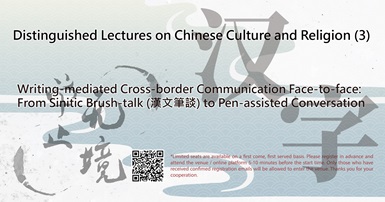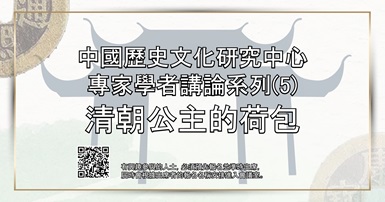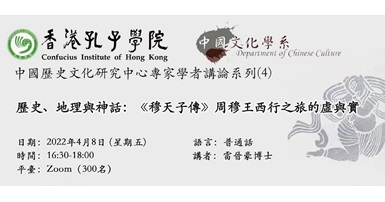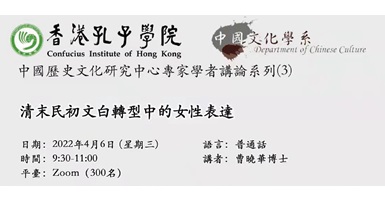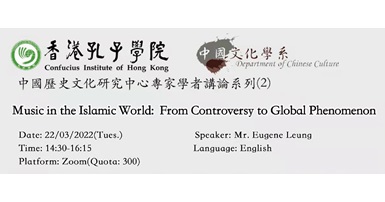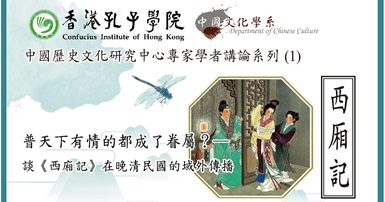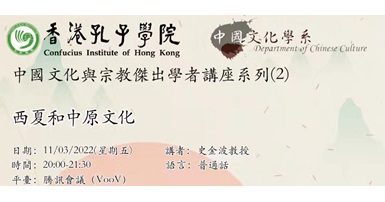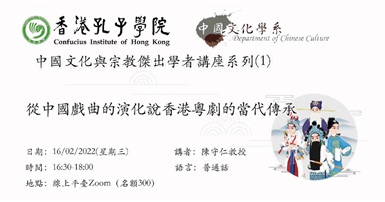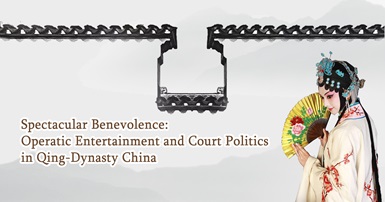Distinguished Lectures on Chinese Culture and Religion (3)
Abstract (based on the abstract of Chapter 1)
In this CIHK webinar, we will discuss the material conditions of and historical background to the use of Classical Chinese or Literary Sinitic in writing-mediated brush conversation between literati of Sinitic engaged in cross-border communication within Sinographic East Asia or the Sinographic cosmopolis, which corresponds with today’s China, North Korea, South Korea, Japan (including Okinawa, formerly the Ryukyu Kingdom) and Vietnam. Compared with speech as a modality of communication, real-time writing-mediated interaction between talking humans, synchronously face-to-face, seems uncommon. In any society, speaking is premised on one condition: the interlocutors must have at least one shared spoken language at their disposal, but even then, there are circumstances under which speaking is either physically not feasible or socially inappropriate. Could writing function as an alternative modality of communication when speaking is not an option due to the absence of a shared spoken language, as in cross-border communication settings? Whereas real-time writing-mediated face-to-face interaction is rare where a regional lingua franca was known to exist (e.g., Latin and Arabic), there is ample historical evidence of literati of Classical Chinese or Literary Sinitic from different parts of Sinographic East Asia conducting ‘silent conversation’, synchronously and interactively in writing mode using brush, ink, and paper. Such a pattern of writing-assisted interaction is still practiced and observable in pen-assisted conversation – pen-talk – between Chinese and Japanese speakers today, thanks to the pragma-linguistic affordance of morphographic, non-phonographic sinograms (i.e., Chinese characters and Japanese kanji). We will outline the historical spread of Classical Chinese or Sinitic texts from the ‘center’ to the ‘peripheries’, and the historical background to the acquisition of literacy in Sinitic by the people there. Their shared knowledge of Sinitic helps explain why, for well over a thousand years until the 1900s, literati from these places were able to speak their mind by engaging in ‘Sinitic brush-talk’ 漢文筆談 in cross-border communication.

